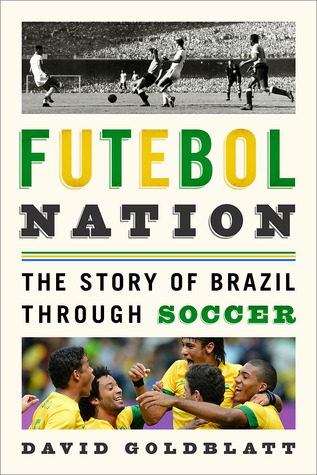A história do Brasil através do futebol
Publicado19 Nov 2014

O jornalista britânico David Goldblatt faz, neste livro, um percurso pela história do Brasil, através do 'desporto-rei', desde o século XIX até aos nossos dias, abordando as diferenças entre as altas esferas do negócio e o público popular, as tensões políticas em torno do jogo, e como elas se reflectiram em figuras como Pelé ou Garrincha.
Goldblatt starts his tale chronologically, with the return, in 1894, of Charles Miller, a Brazilian son of a Scotsman, from his education in England. At his arrival at the port of Santos, in São Paulo, he carried a pair of boots, a rule book and a football. A decade later, football was already a craze in Brazil, with Miller’s passion expanding in São Paulo and other Brazilian-Europeans arriving shortly afterwards with a contagious love of the sport to Rio de Janeiro and other major Brazilian cities.
From here on, although he still works in a mostly chronological order, Goldblatt divides his book in themes which he aligns with what he considers to be distinct eras of Brazilian football: first as an amateur sport for the upper class communities of European expats and its descendants; then, as professionalization became widespread (even if not legal yet), as a sport where the poor, or non-white could become, even so briefly, part of the elite; and so on. Goldblatt’s insistence on dealing with themes, rather than describing a mere sequence of events, does a wonderful job of explaining how football is interconnected with every aspect of Brazilian life. But, for those not initiated with Brazilian history and politics, like me, it can get confusing at certain moments, with his jumps back and forward between years, governments and tournaments.
Mais em Africaisacountry
